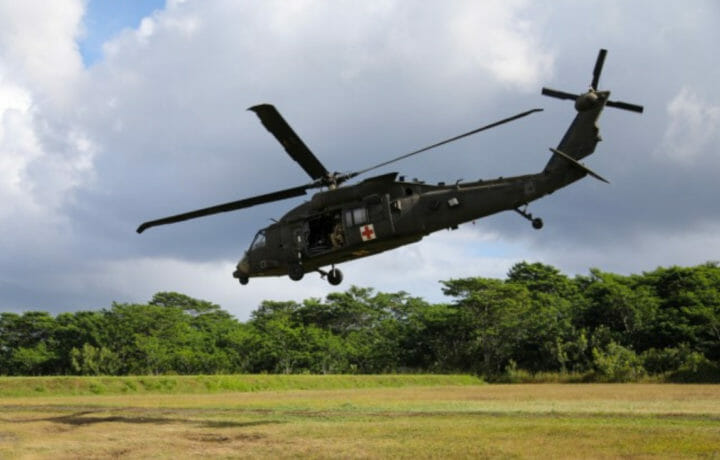Though the U.S.-China relationship has a great deal of friction ranging from China’s South China Sea expansion to the manner in which China is stifling democracy in Hong Kong, the two countries continue to collaborate when it comes to providing aid during natural disasters in the Indo-Pacific region. From November 10-12, China’s People’s Liberation Army (PLA) and the United States Army Pacific (USARPAC) are holding the 16th Annual Disaster Management Exchange (DME).
The exchanges began in 2005 with the goal of integrating both the U.S. and China into the region’s Humanitarian Assistance and Disaster Response (HADR). In 2014, the DME was codified as an annual exercise per the Association of South East Asian Nations (ASEAN) Standard Operating Procedure.
DME – Past and Present
The DME normally rotates between the United States and China and consists of three parts – Expert Academic Discussion (EAD), Tabletop Exchange (TTE), and Practical Field Exercise (PFE) – all centered around a specific type of exercise. The PFE would normally involve hundreds of troops from both countries participating but due to the global COVID pandemic, the entire exercise is being held virtually.
- EAD – designed to have senior-level discussions on the domestic disaster relief challenges in China and the United States – e.g. floods, earthquakes. These discussions may include current technologies and methodologies in providing assistance in a practical knowledge exchange.
- TTE – a scenario is posited based on real disasters which either/both countries have responded to in the past for example an earthquake in the Indonesia region.
- PFE – under normal circumstances the PFE would include a practical exercise with soldiers from both countries engaged in disaster evaluation, search and rescue, first aid and victim collection and evacuations.
In the past, in addition to the USARPAC, U.S. participation has included various state’s Army National Guard, the United States Coast Guard, U.S. Agency for International Development (USAID), U.S. Geological Survey, National Oceanic and Atmospheric Administration, and the U.S. Army Corps of Engineers.
The Role of Confidence Building Exercises
A March 2020 study from the University of Texas examining humanitarian assistance and disaster relief (HADR) in the region, which accounts for “sixty percent of the total disaster related deaths” notes that China’s emphasis on the HADR responses in the region, serves to assist their ongoing regional geostrategic influence in the region. That said, the report also notes the tendency toward defaulting to secrecy when it comes to HADR hasn’t served China well in addressing domestic emergencies (the Chinese initial COVID for example).
The bottom line is, the annual joint PLA-USARPAC DME are confidence building exercises. They benefit all in the region, as it facilitates the U.S. and China to collaboratively render aid and assistance during natural disasters.




